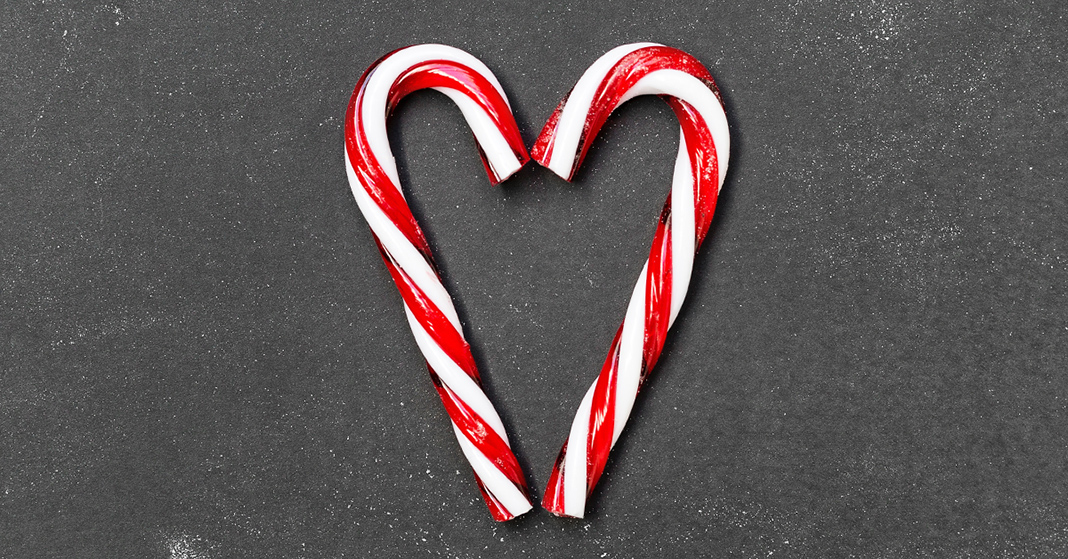
As Christmas approaches, your kids are probably getting more excited about the holidays and less enthusiastic about school. Why not combine science learning with a holiday theme? Explore these four exciting Christmas science projects for your homeschool.
Christmas Slime
If you haven’t made slime with your kids yet, consider trying this homeschool science experiment around the holidays. There’s nothing quite like the amazement on a kid’s face when a simple combination of glue, borax, and warm water turns into the perfect play material. To add a Christmassy (or Christmessy) touch, use sparkly green or sparkly red glue.
As you create the slime, talk about the elements necessary for the project and explain the chemical reaction that’s involved. You can explain the nature of the polymer molecules in the glue, and how the borax in water results in borate ions that connect to those polymers, changing their behavior.
Festive Cranberries in Soda
What makes soda bubbly? What happens when a small dense object is dropped into a liquid filled with carbon dioxide bubbles? Pour a glass of Sprite®, carbonated water, or another clear carbonated beverage. Next, drop in a few cranberries.
Since they’re dense, the cranberries sink at first. But watch as the carbon dioxide bubbles collect around the cranberries and carry them up to the top! As those bubbles pop, the cranberries will sink again, and the process will repeat continuously. This homeschool science experiment should keep your kids fascinated for a while, and you’ll get the opportunity to talk about buoyancy, density, and the properties of carbon dioxide.
Dissolving Candy Canes
How do different liquids affect the state of a solid—in this instance, a candy cane? Fill four clear jars about halfway with different liquids—one with cold water, one with hot water, one with cooking oil, and one with vinegar. Ask your kids to make scientific predictions about what might happen to a candy cane when it’s left in one of the jars. Have them measure the candy canes before you begin.
As the kids place a candy cane in each jar, set a stopwatch to time the dissolving process. Have your children observe and make notes. Which liquid dissolves a candy cane the fastest? Which one is slowest? How long does it take before the candy cane is completely gone? What happens to the liquids in the jars?
The candy cane dissolving process fascinates kids of any age. If you have preschoolers who shouldn’t be around the hot water and other liquids, make them their own sensory toy using a clear plastic bottle filled with water and chunks of candy cane, with a tightly closed lid. They’ll enjoy shaking it around and making their own observations.
What other kinds of Christmas candy can you use to change up this Christmas science experiment? Does shaking the jars make the process any faster? Allow your kids to question, observe, and practice the scientific method as long as they want with this activity.
States of Matter with Chocolate and Crayons
Once you’re done dissolving candy canes, you can go on to experiment with the states of matter of your Christmas chocolates. Simply fill sandwich bags with chocolate pieces and have your children hold them and try to melt the chocolate with their hands alone. How long does it take? Do the same with crayons. Do they melt? Once you’re done with the chocolate and crayons, you can turn them into fun shapes or make ornaments!
For more Christmas science experiments for your homeschool, check out Pinterest or your favorite homeschool blogs. You can try the ice and salt melting experiment, fizzing candy canes, or the foaming snowman. As you blend science with elements of Christmas, you can remind your children of just how amazing God’s creation is, and how Christ’s birth was part of His great plan to redeem it.
• • • • •
Rebecca is a work-at-home freelance writer, novelist, wife, and the mom of two bright-eyed little ones. She credits her success in writing and her love of books to her own mom, who homeschooled three kids from pre-K through high school.